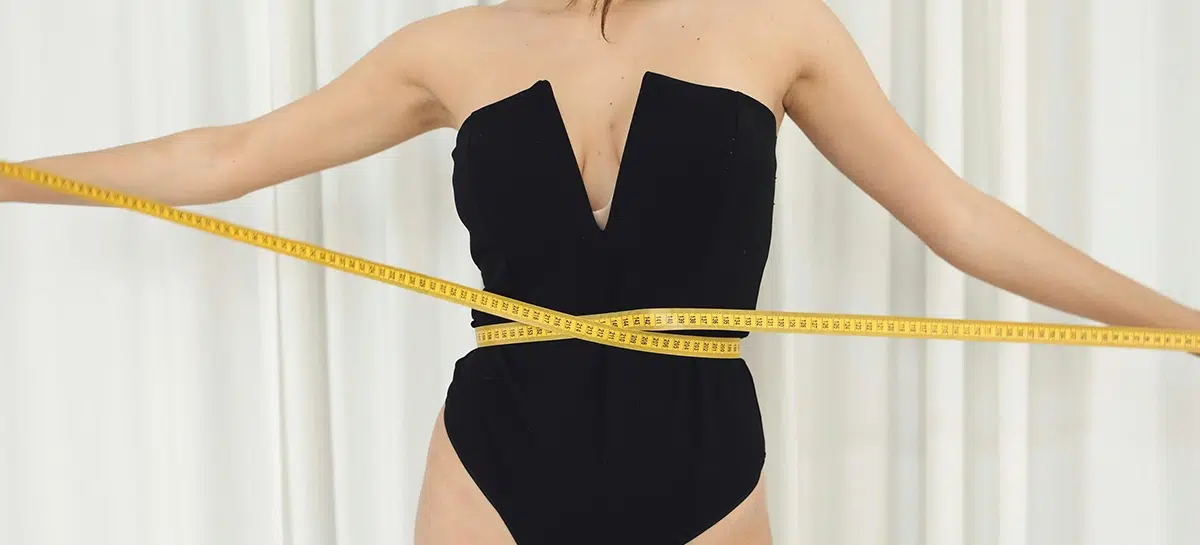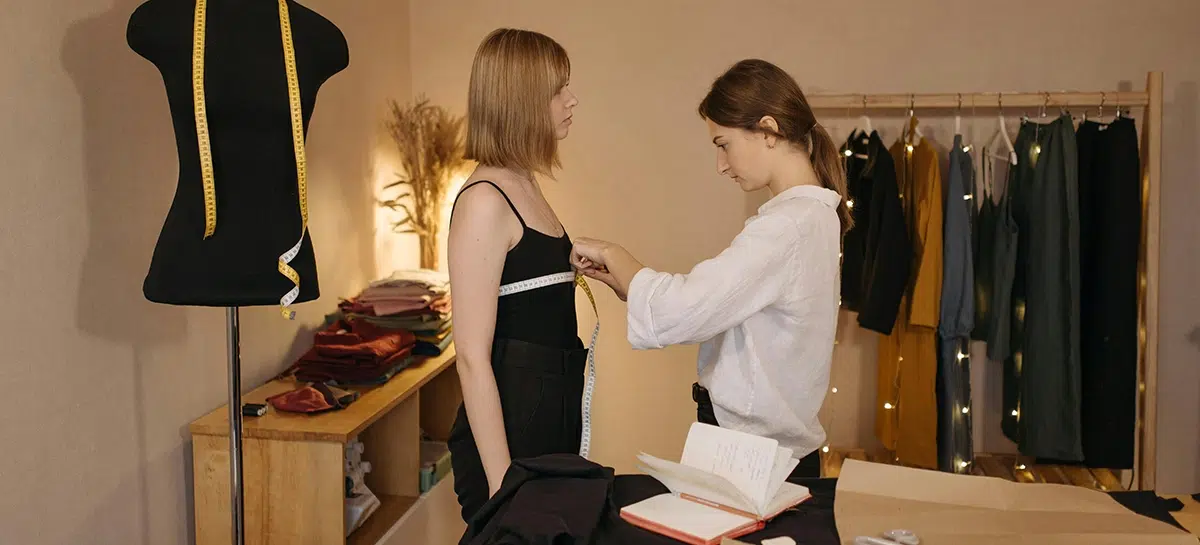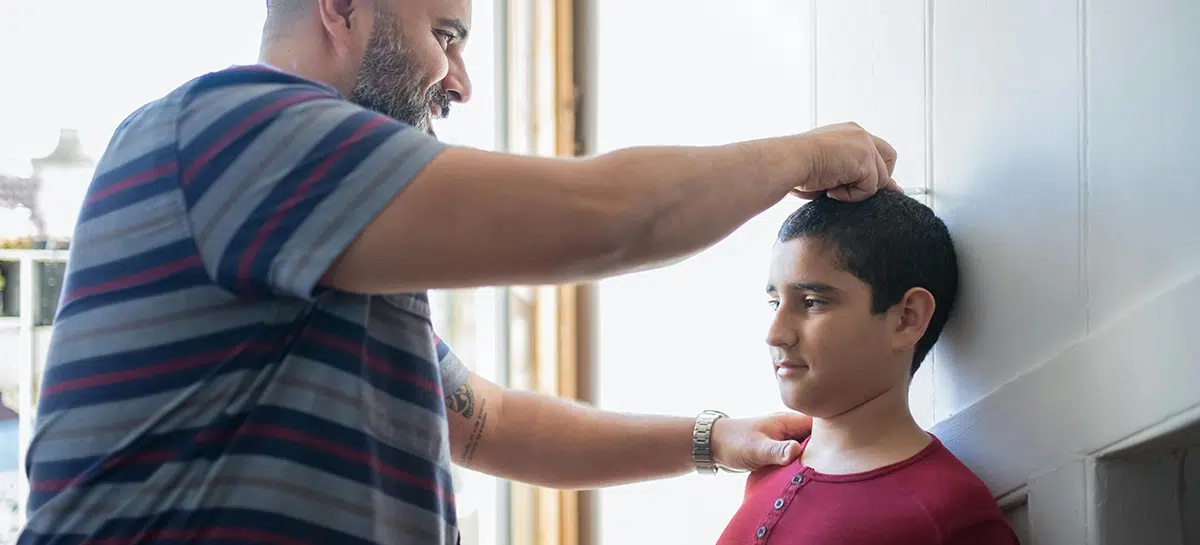How to Take Your Measurements Correctly for Modeling: Male, Female, and Kids

Introduction
Why Proper Measurements Matter
In fashion and modeling, accuracy in measurements is not just about ensuring clothing fits. It’s about precision that can influence career opportunities, the design process, and personal style. Accurate measurements set the foundation for modeling portfolios, bespoke tailoring, and even standard clothing purchases. Let’s explore the reasons measurements are paramount and delve into the specifics of measuring different body types effectively.
General Tips Before You Start Measuring
Preparing for Measurement
- Wear Proper Attire: To get the most accurate measurements, wear form-fitting clothing or undergarments. Bulky clothes can add extra inches and distort the true measurements.
- Use the Right Tools: A flexible measuring tape is essential. It should be soft and pliable to contour easily with the body without stretching.
- Posture and Position: Ensure that the person being measured is standing straight, with feet slightly apart and arms resting at their sides. This posture ensures measurements are taken at natural body expansion.
- Recording Measurements: Always write down each measurement as soon as it’s taken to avoid confusion or forgetting precise numbers.
Step-by-Step Guide to Measuring Men

Essential Measurements for Male Modeling
- Chest: Measure under the armpits and around the fullest part of the chest and shoulder blades, keeping the tape measure parallel to the floor.
- Waist: Identify the natural waistline and measure around it. The natural waist is typically located just above the belly button, at the narrowest part of the torso.
- Hips: Measure around the widest part of the hips, including the buttocks, ensuring the tape is level.
- Inseam: Measure from the crotch down to the desired length of the pants.
These measurements form the basis for modeling portfolios and are critical for tailored menswear.
Step-by-Step Guide to Measuring Women

Key Measurements for Female Models
- Bust: Measure around the fullest part of the bust while wearing a bra that fits well.
- Waist: Similar to men, measure the natural waistline.
- Hips: Measure around the fullest part of the hips and buttocks at a horizontal level.
- Inseam: Same as men, from the crotch to the desired pant length.
Accurate measurements are essential not only for modeling but also for design and pattern making.
Step-by-Step Guide to Measuring Children

Key Measurements for Female Models
- Chest: Measure under the armpits, around the fullest part of the chest.
- Waist: Measure around the natural waistline, which can vary in location more than adults.
- Height: Stand the child straight against a wall, and measure from the floor to the top of their head for accurate height.
- Inseam: Measure from the crotch to where the pant leg should end.
Children grow quickly, and frequent measurement updates are necessary to maintain accuracy for clothing and modeling.
Conclusion
Taking accurate measurements is a skill that benefits anyone involved in fashion or modeling. By following these guidelines, you can ensure that your measurements will lead to well-fitting garments and accurate data for professional use.